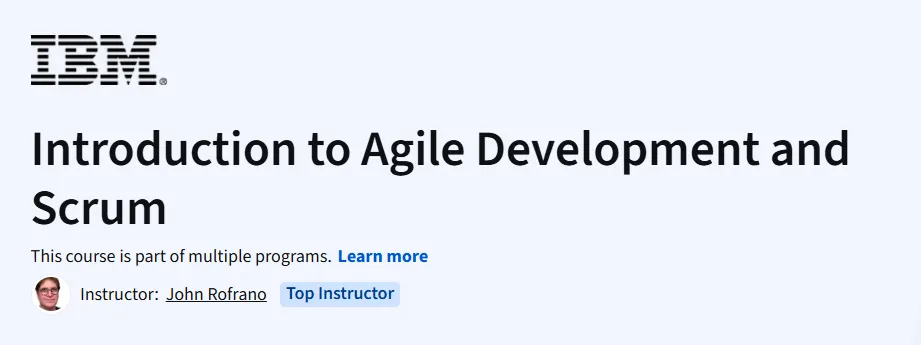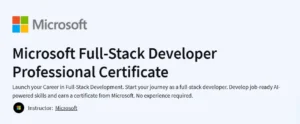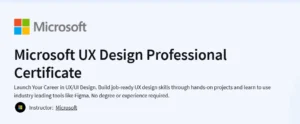What will you learn in Introduction to Agile Development and Scrum Course
Understand the foundational principles of Agile and Scrum.
Distinguish between Agile, Scrum, and other methodologies.
Apply Scrum roles, artifacts, and ceremonies in real-world development.
Gain confidence in using Agile for team collaboration and iterative delivery.
Program Overview
Module 1: Agile Overview
⏱️ 1 week
Topics: Agile Manifesto, Agile vs Waterfall, Agile values and principles
Hands-on: Compare development approaches through case examples
Module 2: Scrum Foundations
⏱️ 1 week
Topics: Scrum roles (Product Owner, Scrum Master, Dev Team), ceremonies, artifacts
Hands-on: Identify roles and key events within a Scrum framework
Module 3: Agile Practices in Action
⏱️ 1 week
Topics: Sprint planning, backlog grooming, daily stand-ups, retrospectives
Hands-on: Simulate a Scrum sprint and task prioritization
Module 4: Challenges and Agile Beyond Software
⏱️ 1 week
Topics: Common Agile misconceptions, non-software applications of Agile
Hands-on: Analyze case studies and suggest Agile solutions
Get certificate
Job Outlook
Agile methodologies are widely adopted across industries, not just software.
Scrum certifications and practical knowledge are highly valued for PM and Dev roles.
Project managers, Scrum Masters, and Agile coaches earn between $75K–$130K.
Agile knowledge opens doors in product management, tech startups, and consulting.
Specification: Introduction to Agile Development and Scrum
|
FAQs
- No prior development or project management experience is needed.
- The course introduces Agile principles and Scrum practices from scratch.
- Basic familiarity with team workflows can help, but isn’t mandatory.
- Step-by-step examples and exercises make concepts easy to grasp.
- Learners can build foundational knowledge applicable in any team setting.
- The course includes case studies simulating real project workflows.
- Learners practice Scrum ceremonies like sprint planning, daily stand-ups, and retrospectives.
- Concepts such as backlog management and user stories are applied in exercises.
- Guidance helps learners understand adapting Agile to different team contexts.
- Hands-on scenarios build confidence for entry-level Agile roles.
- Emphasis on Scrum roles clarifies responsibilities for team members.
- Learners practice communication, coordination, and collaboration strategies.
- Understanding Agile workflows improves task management and accountability.
- Skills gained can be applied in remote or cross-functional teams.
- Knowledge helps in fostering a collaborative and productive work environment.
- Agile and Scrum are widely adopted in IT and software development industries.
- Knowledge of Scrum frameworks increases employability for entry-level roles.
- Skills gained complement technical and managerial abilities.
- Understanding Agile principles is valuable for project coordination, product management, and development roles.
- Completing the course demonstrates readiness to work in Agile environments.
- Estimated completion is around 2–4 weeks at a part-time pace.
- Weekly effort of 2–4 hours is sufficient for lectures, exercises, and practical scenarios.
- Regular engagement reinforces understanding of Agile principles and Scrum practices.
- Reviewing case studies or participating in group exercises may require additional time.
- Consistent effort ensures learners can apply Agile methodologies confidently in real-world projects.





